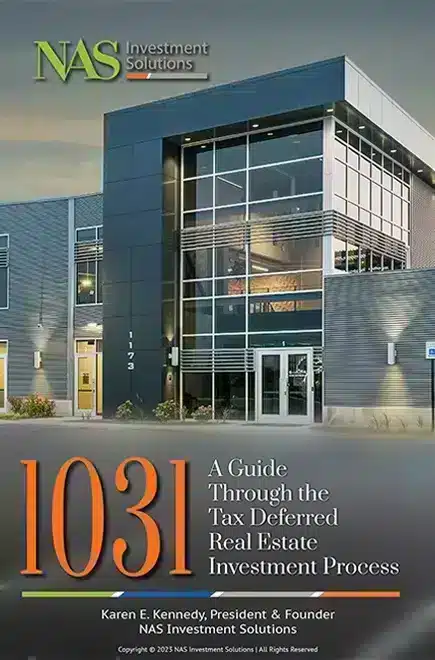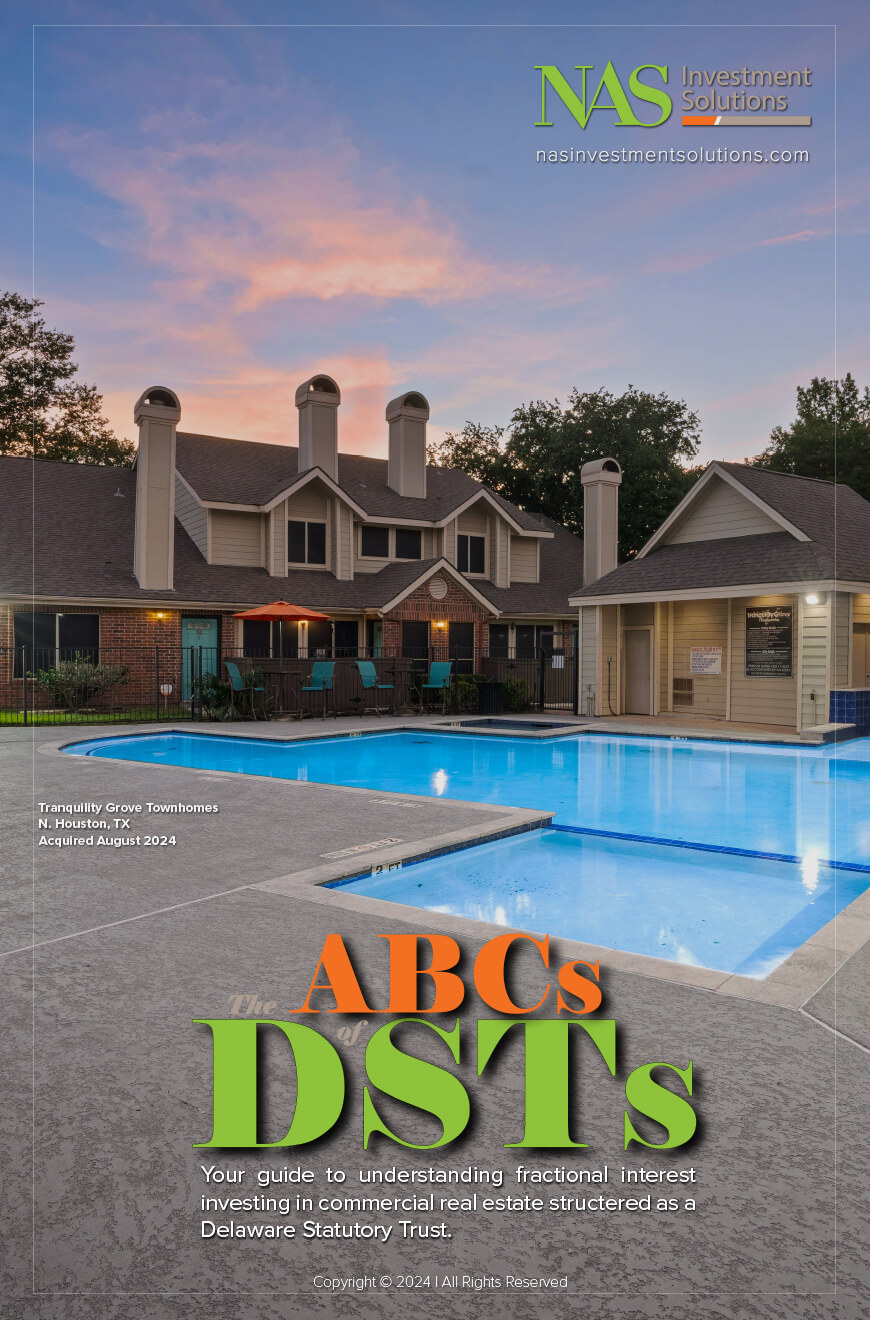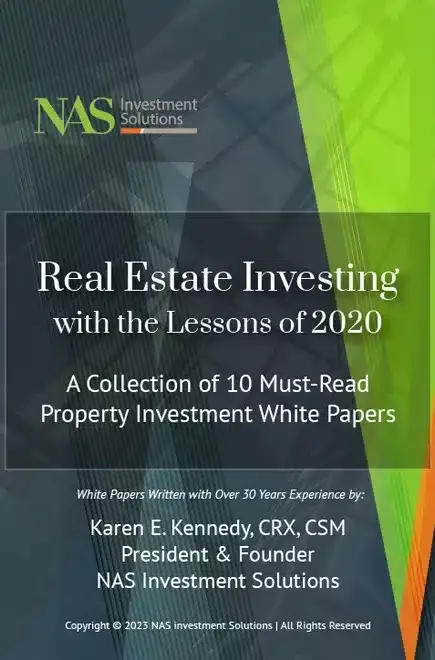A 1031 Exchange, also known as a tax-deferred exchange, is a common, fairly straight forward strategy that affords significant tax advantages to commercial property owners. Thanks to IRC § 1031, real estate investors may sell or relinquish certain qualified property, reinvest proceeds from that property and acquire a replacement property, pursuant to certain time limitations and other regulations. To put it simply, at time of sale (which includes forced sales such as foreclosures, short sales and deeds in lieu of foreclosure), dispositions of real property are taxable in the year in which you sell the property, but employing a 1031 Exchange defers that taxable event.
Pros of a 1031 Exchange
- Deferral of taxes.
- Leverage and increased cash flow for reinvestment.
- Relief from management.
- Wealth and asset accumulation.
Cons of a 1031 Exchange
- Multiple procedures, rules and regulations to follow.
- Difficulty in meeting IRS rules and regulations.
- Reduced basis on property acquired.
- Losses cannot be recognized.
- Future increases in tax rates.
- Only tax deferred, not tax-free.
Remember, the 1031 exchange is a tax-deferred transaction, not tax-free. Should you decide to sell, your tax liability will be fully recognized.
There are several common misconceptions about the Internal Revenue Code 1031 exchange process. Over the past 20+ years it is safe to say tax-deferred exchanges have become part of the options considered by investors at the close of the sale of real property. Yet, there remain deep-rooted misconceptions about this Section 1031 of the Internal Revenue Code. What is regrettable is so many of these misconceptions are so severe and real estate investors wind up losing their opportunity to take advantage of the considerable tax savings afforded by incorporating and structuring their transaction for an exchange. To keep investors on the right track and focused on what is important to that investor, let’s clear up a few of these most common misconceptions:
Misconception #1: To execute a 1031 exchange the investor may only file a form with the IRS and as long as the seller doesn’t utilize, spend or touch the proceeds from the sale of the property they are relinquishing, the investor can perform an exchange at any time.
Wrong! THIS IS FALSE. The investor may not have actual nor constructive receipt of the sale proceeds. This action will trigger a taxable event. Investors need to use a special non-related “middleman” called a Qualified Intermediary [“QI”] or Accommodator who is required to hold the sale proceeds for them and who then uses those proceeds to buy any replacement property at their express direction. Once the sale of the property the investor is relinquishing closes, funds must be directed to the investor’s QI until the purchase or “up-leg” portion of the exchange is completed.
Misconception #2: A 1031 exchange means that the sale and the purchase must happen at the same time.
No! While this type of exchange does exist, the odds of you finding someone else with the exact property that you want — and who wants the exact property you have at the same time — are slim. For that reason, the vast majority of exchanges are “delayed exchanges” in which you can sell your investment property and purchase your replacement property at a later date. There are specific deadlines that investors must follow. You have 45 calendar days, starting from the date you close on your sale, to identify possible replacement properties. Then you have 180 days [starting from the day you close on the sale] to close on the purchase of one or more of the properties you have identified. If the investor misses any of these dates, they cannot exchange as a 1031 and defer tax consequences which were triggered by the sale.
Misconception #3: The capital gain tax is only 20% [it was 15%]. So, the investor thinks that they would rather face the taxman now and just pay.
Wait a moment and think this through! Capital gain taxes have changed and risen significantly in recent years. These rates are influenced by the investor’s income level in a given year. And, since that individual is selling investment property, there is likely the recapture of depreciation to consider as well. The depreciation recapture tax rate is 25%. An investor who does not complete a 1031 will have to pay taxes at the state level, as applicable based on the state of their personal residence. In most cases, this state tax on the sale of investment real estate can also be deferred by completing a 1031 exchange.
Therefore, if one does not execute a 1031 exchange and, therefore, elects to pay the tax now, they could have an effective [blended] capital gains rate potentially as high as 38% – 40% [State tax + depreciation recapture + new capital gains rates] or even higher!
Misconception #4: The investor’s personal attorney can handle the exchange for them as their Qualified Intermediary. Or, their accountant knows all their tax stuff — so they decide to use their CPA as their QI.
No! If the seller’s attorney or accountant has provided any legal or accounting related services (or any service not exchange-related) in the two-year period before the exchange, they are considered a relate party and disqualified from acting as the Qualified Intermediary.
Misconception #5: Exchanges are complicated and are only for big investors.
Again, no! Exchanges do not have to be complicated. The key is to assemble your team now that you trust. A good Qualified Intermediary will work with you and your tax or legal advisors to make sure the process is done correctly and as seamlessly as possible.
Exchanges are not just for big investors. Anyone owning investment property that has a gain [the market value greater than its adjusted basis] should seriously consider a 1031 exchange.











